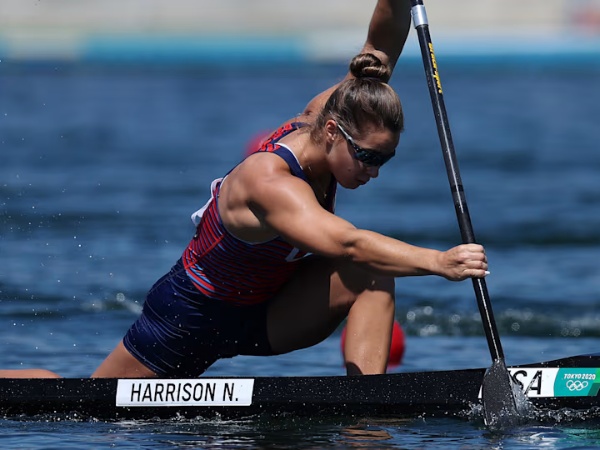All About Sprint Ahead Of The Summer Olympics 2024
Canoes have served as vital transportation and tools for hunting and fishing across North America, Siberia, and Greenland for centuries. Their versatility made them indispensable to indigenous peoples in these regions long before recorded history. The evolution of canoes from practical vessels to competitive sports began with the first documented canoe sprint race in 1869 at the British Royal Canoe Club. This event marked a pivotal moment, transitioning canoes from utilitarian objects to vehicles of sport and recreation. Today, canoe sprint racing continues to thrive globally, celebrated for its blend of speed, technique, and endurance. The sport not only honors its historical roots but also showcases the evolution of human ingenuity and athleticism across diverse cultures and landscapes.
Canoe and kayak races are prominent events in the Olympic Games, each governed by distinct rules reflecting their unique characteristics. In canoeing, athletes kneel inside the boat and paddle with a single-bladed paddle, alternating sides with each stroke. This technique requires precise balance and coordination. In contrast, kayakers sit and use a double-bladed paddle, allowing for rapid and efficient propulsion through the water. These races, known as canoe sprints, unfold on flatwater courses, featuring competitive sprints over various distances. Women's events typically cover distances of either 200 meters or 500 meters, while men compete over distances of either 500 meters or 1000 meters. Races can involve one, two, or four athletes per boat, with team dynamics and strategy playing a crucial role in achieving success.
The inclusion of canoe and kayak events in the Olympics underscores their global appeal and technical demands. Athletes showcase their speed, endurance, and tactical prowess, captivating audiences with thrilling displays of athleticism and skill on the water. Canoe sprint achieved Olympic medal status at the 1936 Berlin Olympic Games, following its debut as a demonstration event at the 1924 Paris Olympics. This progression underscored the sport's growing recognition and popularity on the international stage. Since then, canoe sprint has remained a staple of the Olympic Games, captivating audiences with its blend of speed, strategy, and technical mastery on flatwater courses.
The transition from a demonstration event to a fully-fledged Olympic discipline marked a significant milestone for canoe sprint, solidifying its place among the prestigious sports showcased at the Games. Athletes from around the world continue to compete fiercely for Olympic glory in various canoe sprint events, honoring the sport's rich history while pushing the boundaries of athletic achievement.
